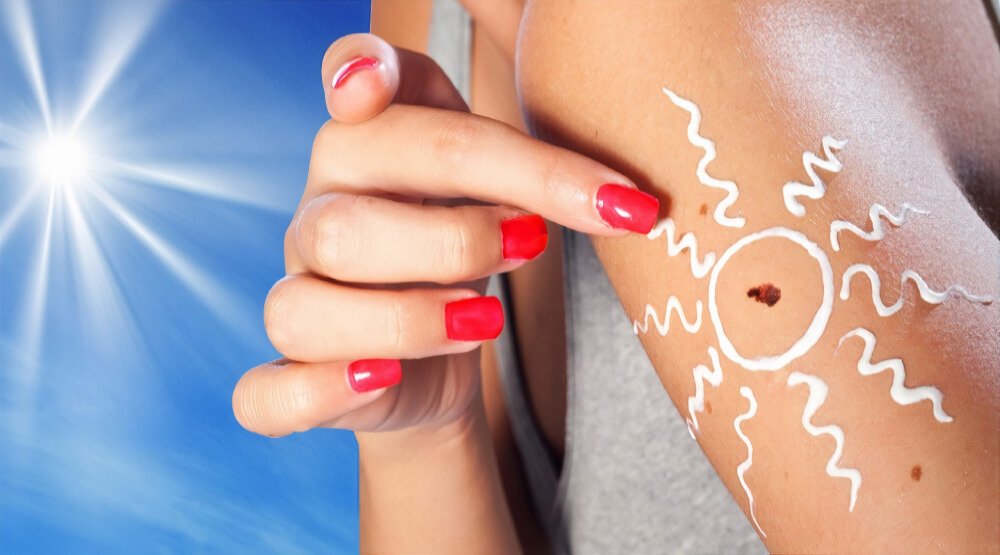Pathophysiology of Melanoma

There are several factors that increase the chance of developing a malignant melanoma, chief among them is exposure to ultraviolet radiation. These harmful Rays cause damage to the patient’s DNA. Sunburns are also a major risk factor. Not only is direct exposure to sunlight risky, but also tanning beds can increase your chances of the developing skin cancer. With regards to racial differences, Caucasians are more at risk when it comes to sunlight-induced melanoma, since having fair skin means less melanin, which translates to less protection from ultraviolet rays. Indeed, melanoma is twenty times more prevalent in white people than in African Americans . Unprotected sun exposure during childhood is a greater risk factor than sun exposure as an adult.
Genetic factors also play a significant role, which is why malignant melanoma tends to run in families. Having a close relative diagnosed with the disease increases your chances of developin it. About 10% of melanoma patients have a family history of the disease.
The presence of some types of moles or nevi is also a risk factor for the development of this disease. Also a patient who had a previous melanoma in the past has a higher risk of developing another one later.
